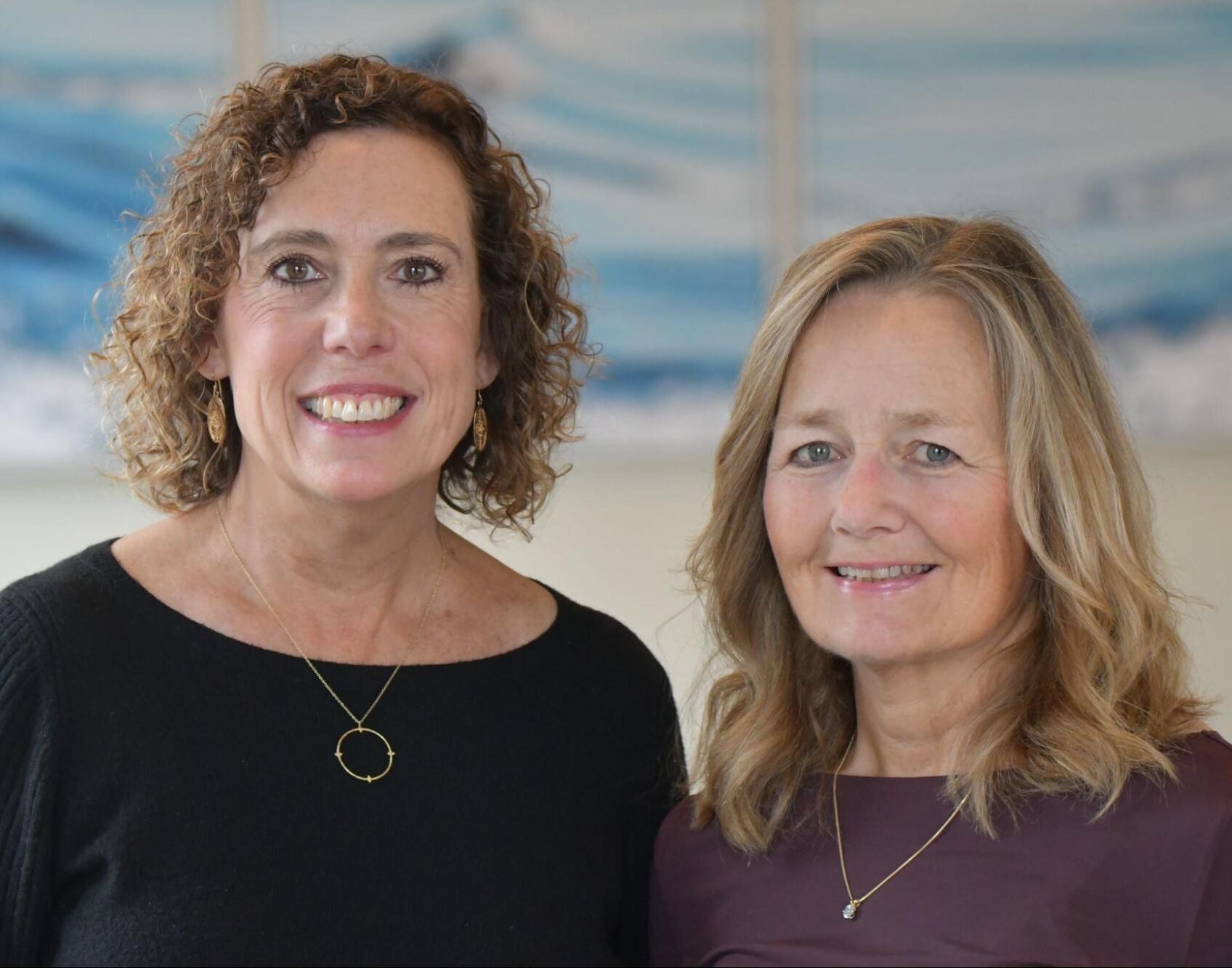Testimonials

“For the first time, I have the benefit of exploring new opportunities and obstacles through the thoughtful lens of my actual strengths, values and beliefs, rather than through an unconnected and reactive collection of considerations.”
-National Public Radio

“I enjoyed our coaching sessions immensely and cannot explain how valuable they have been. It has given me the opportunity to dig deeper into challenges and roadblocks within myself and given me the tools to move forward. I feel more confident not only as a professional but also as a manager. I’m more able to have difficult conversations and provide direct feedback, and let myself explore ideas before I deem them unachievable.”
– Manager, TJX Companies

“I still use SCP’s approach to designing impactful presentations because it whittles down all I could say to a couple of salient points my audience will remember. Poignant is key.”
-Fidelity Investments

“This experience has been incredibly useful. It has had an immediate as well as a long-term impact on my self-awareness, decision-making, prioritization, leadership, investment philosophy and above all, my focus. Colleen also helped me identify a process to ensure the sustainability of this impact.”
-Portfolio Manager, Financial Services Organization

“SCP’s approach helped us access where we weren’t leveraging our talent fully. Within weeks of hiring SCP, we made changes where we needed and now the level of engagement is higher than ever before. Building a high-performing team is an ongoing climb. SCP gave us the roadmap.”
-Cambridge Associates

“I found our session last week to be super helpful, and I appreciate your coaching now more then ever. I finally feel that I am focusing on my leadership instead of my execution. I’m really looking forward to fleshing out my actions and behavior changes as a result of this work with you.”

“I was blown away by how much I learned about myself through the exercises Colleen facilitated. The assessments also provide terrific insights into personal and professional relationships, and serve as handy tools for helping others identify and maximize their strengths. This program is a life-changer, and something everyone should have the chance to experience. If you have not yet heard about Colleen’s credentials, you should know that she is a world-renowned coach whose client list ranges from world champion baseball teams to Silicon Valley technology greats”
-Senior Executive, Financial Services Organization

“Thank you so much for a wonderful and energizing workshop yesterday. I woke up this morning smiling from ear to ear about what is to come in the new year and feeling excited about how engaged the team was yesterday. Thank you for bringing this work to us and for helping deliver it in such a thoughtful way. You are truly an amazing partner.”
– Boston Red Sox

“The sessions with Colleen were incredibly valuable and rewarding and I thoroughly enjoyed working with her. We covered a wide range of topics including exploring my individual leadership style and personal strengths (via the Strengths Profile) to giving/receiving feedback and setting goals for myself and my team. Colleen’s approach and style worked really very effectively, focusing on asking questions which helped me to formulate approaches to challenges which felt personal and authentic.”
-Marketing Director, YOUTUBE

“Because Molly is so clear about the material she presents, participants have room to express their own challenges and successes without becoming overwhelmed with the nuances of a multi-faceted topic.”
-360 Public Relations

“The President spoke at our Town Hall yesterday and she was fantastic!! Such a tremendous improvement in terms of her clarity and transitions while still being herself… [SCP was] an excellent investment.”
-Tory Burch

“I can’t say thank you enough for all that you have given to me and our patients over this past year. Your contributions have been rich, wise, and powerful.”
-Dana Farber Cancer Institute

“I’ve thoroughly enjoyed working with you over the last 6+ months. I’ve learned a tremendous amount about my management techniques and my strengths and also have a much clearer vision of my career path in both the long and short term. I will certainly continue working on my goals over the coming months/years and tweak them according to my circumstances. When this process started, my manager mentioned that if you’re lucky, you find a fabulous coach with whom you have a natural rapport and the process becomes enjoyable and eye-opening. I feel incredibly lucky that this was the case for me.”
-Linked In

“Thank you so much for sharing your knowledge and expertise with me during our coaching sessions and for offering a listening ear with kind feedback.You made me feel empowered and seen and heard. You are a wonderful coach and have a great heart Colleen. ”
-WE CAN, Cape Cod

“It was great to learn about my strengths through the Strengths Profile assessment. Our conversation helped give me a framework to think through what was important for me to get across and helped give me the language to do so. You set me on the right path and I was able to spend more time after our conversation to really refine my message.”
-Mother returning to workforce
